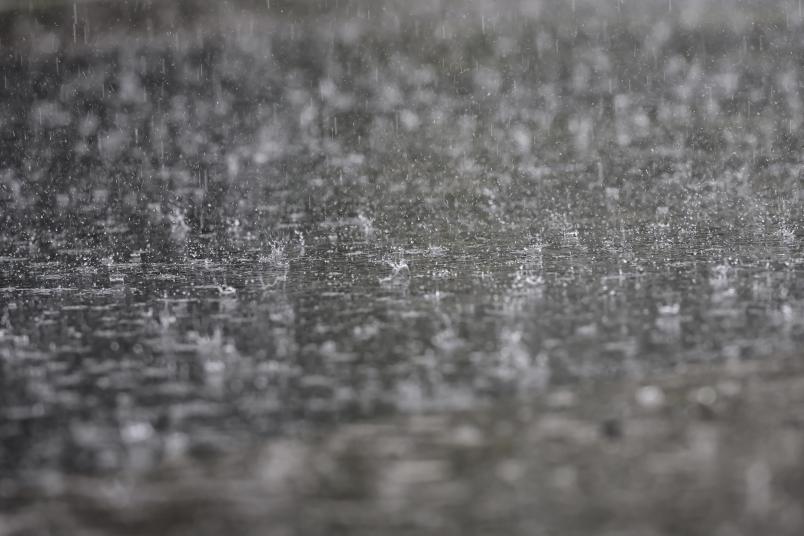
Geoscience
Automated Detection of Impervious Surfaces
Many areas in North Rhine-Westphalia are paved over by impervious surfaces such as roads, housing estates and industrial sites. While this is obvious from aerial photographs, it is difficult to analyze.
In accordance with the German Sustainability Strategy, new impervious surfaces are to be limited to less than 30 hectares per day nationwide. In order to verify whether this target is met, it must be possible to monitor soil sealing at regular intervals. Geoscientists at Ruhr University Bochum, Germany, working in Professor Andreas Rienow’s team are developing a new method for this purpose, using the state of North Rhine-Westphalia as an example. PhD student Jan-Philipp Langenkamp is working on a model that uses artificial intelligence (AI) to automatically detect impervious surfaces in aerial images. The team’s findings are published in Rubin, the Ruhr University Bochum’s science magazine.
More precise than estimates based on land registers
To date, the amount of impervious surfaces in NRW has been determined using the land survey registers of the 53 land registry authorities. They record which areas are used and how. However, not all impervious surfaces are included: “Smaller buildings such as garden sheds, for example, which don’t require planning permission, are not recorded,” points out Andreas Rienow. Such supposedly small deviations from reality do add up. To determine the percentage of impervious surfaces based on the register, authorities assume, for example, that 50 percent of residential areas and traffic infrastructure are impervious. “This method provides a good estimate, but no more than that,” says Rienow.
In the project “Capturing the impervious surface area throughout North Rhine-Westphalia to determine the soil sealing indicator” (EBOVE), the Bochum-based researchers from the Interdisciplinary Geographic Information Science working group at the Institute of Geography are developing a more precise method. The project is funded by the North Rhine-Westphalia Office of Nature, Environment and Consumer Protection.
AI model takes context into account
Jan-Philipp Langenkamp adapted open-source AI models and trained them to distinguish impervious from pervious areas in aerial photographs. The Bochum-based group invested around 1,000 working hours in creating high-quality training data for the algorithm. The algorithm now classifies around 90 percent of the areas correctly. In order to achieve this percentage, it’s crucial that the model not only evaluates the information of each individual image pixel, but also takes the context into account. “For example, buildings often have a road run next to them – and our algorithm is aware of this fact,“ explains Jan-Philipp Langenkamp.
Moreover, the researcher has designed the software so that it can be started at the touch of a button and automatically processes publicly available geodata from the state of North Rhine-Westphalia. “The idea is that users without specific prior knowledge can also run the analysis so that it can be repeated every two years with new datasets,” explains Langenkamp.
In Rubin, the researchers outline the challenges they had to overcome while developing the model.
Detailed article in science magazine Rubin